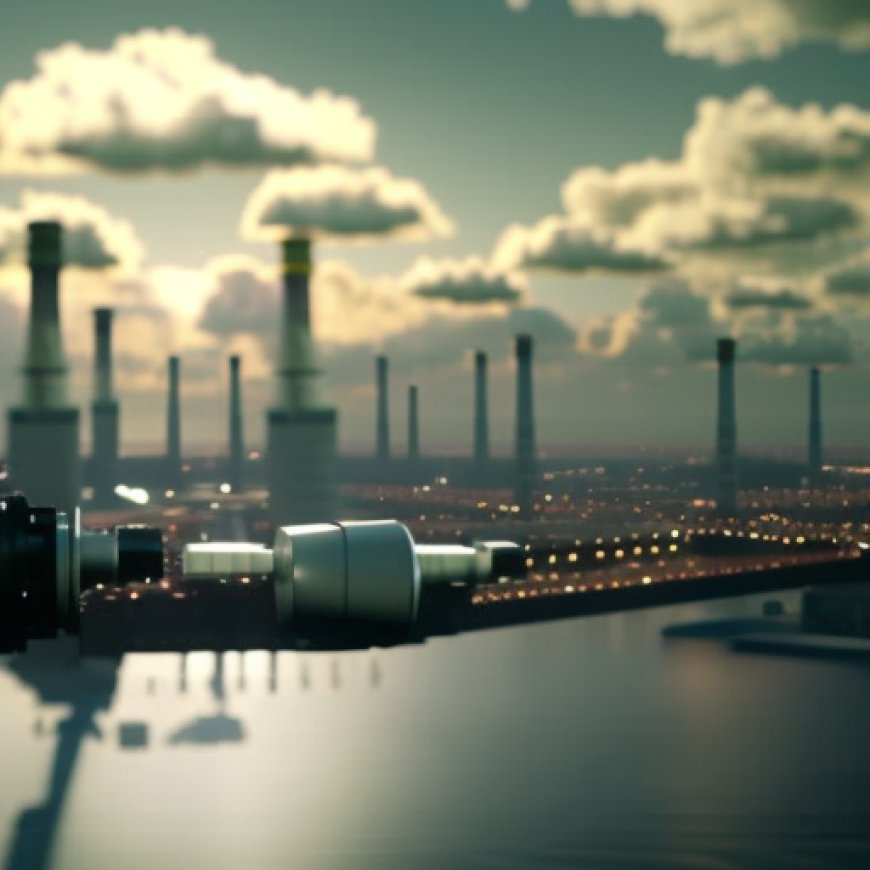Polluting Industries Say the Cost of Cleaner Air Is Too High
Polluting Industries Say the Cost of Cleaner Air Is Too High The New York Times


Impact of New Air Quality Standards on Industries and Communities

Introduction
As the Biden administration prepares to toughen air quality standards, health benefits are weighed against the cost of compliance.
The U.S. Environmental Protection Agency is about to announce new regulations governing soot — the particles that trucks, farms, factories, wildfires, power plants, and dusty roads generate. By law, the agency isn’t supposed to consider the impact on polluting industries. In practice, it does — and those industries are warning of dire economic consequences.
Under the Clean Air Act, every five years the E.P.A. re-examines the science around several harmful pollutants. Fine particulate matter is extremely dangerous when it percolates into human lungs, and the law has driven a vast decline in concentrations in areas like Los Angeles and the Ohio Valley.
But technically there is no safe level of particulate matter, and ever-spreading wildfire smoke driven by a changing climate and decades of forest mismanagement has reversed recent progress. The Biden administration decided to short-circuit the review cycle after the E.P.A. in the Trump administration concluded that no change was needed. As the decision nears, business groups are ramping up resistance.
Last month, a coalition of major industries, including mining, oil and gas, manufacturing, and timber, sent a letter to the White House chief of staff, Jeffrey D. Zients, warning that “no room would be left for new economic development” in many areas if the E.P.A. went ahead with a standard as tough as it was contemplating, endangering the manufacturing recovery that President Biden had pushed with laws funding climate action and infrastructure investment.
Twenty years ago, generating electric power caused far higher soot emissions, so “there was room” to tighten air quality standards, said Chad Whiteman, vice president of environment and regulatory affairs at the Chamber of Commerce’s Global Energy Institute, in an interview. “Now we’re down to the point where the costs are extremely high,” he said, “and you start bumping into unintended consequences.”
Research shows that in the first decades after the passage of the Clean Air Act in 1967, the rules lowered output and employment, as well as productivity, in pollution-intensive industries. That’s why the cost of those rules has often drawn industry protests. This time, steel and aluminum producers have voiced particularly strong objections, with one company predicting that a tighter standard would “greatly diminish the possibility” that it could restart a smelter in Kentucky that it idled in 2022 because of high energy prices.
New factories, however, tend to have much more effective pollution control systems. That’s especially true for two advanced manufacturing industries that the Biden administration has specifically encouraged: semiconductors and solar panel manufacturing. Trade associations for those industries said by email that a lower standard for particulate matter wasn’t a significant concern.
Regardless, public health advocates argue that the averted deaths, illnesses, and lost productivity that air pollution caused far outweigh the cost. The E.P.A. pegs the potential benefits at as much as $55 billion by 2032 if it drops the limit to nine micrograms per cubic meter, from the current 12 micrograms. That is far more than the $500 million it estimates the proposal would cost in 2032.
So how are communities weighing the potential trade-offs?
On a state level, it depends to a large degree on politics: Seventeen Democratic attorneys general nytimes.com
Join us, as fellow seekers of change, on a transformative journey at https://sdgtalks.ai/welcome, where you can become a member and actively contribute to shaping a brighter future.








